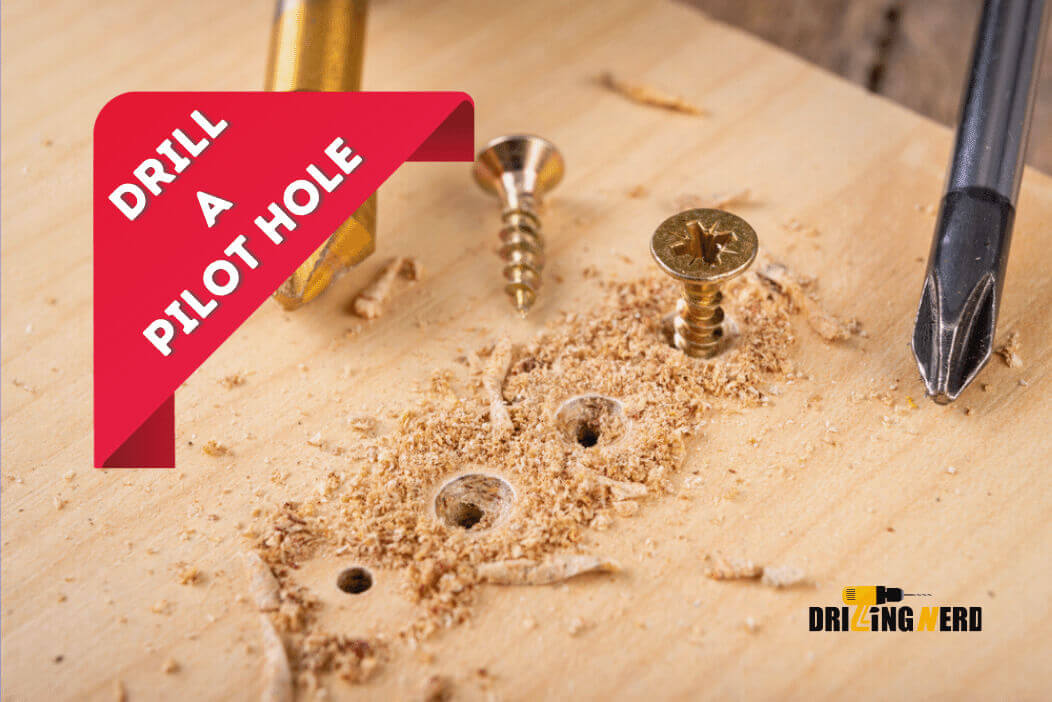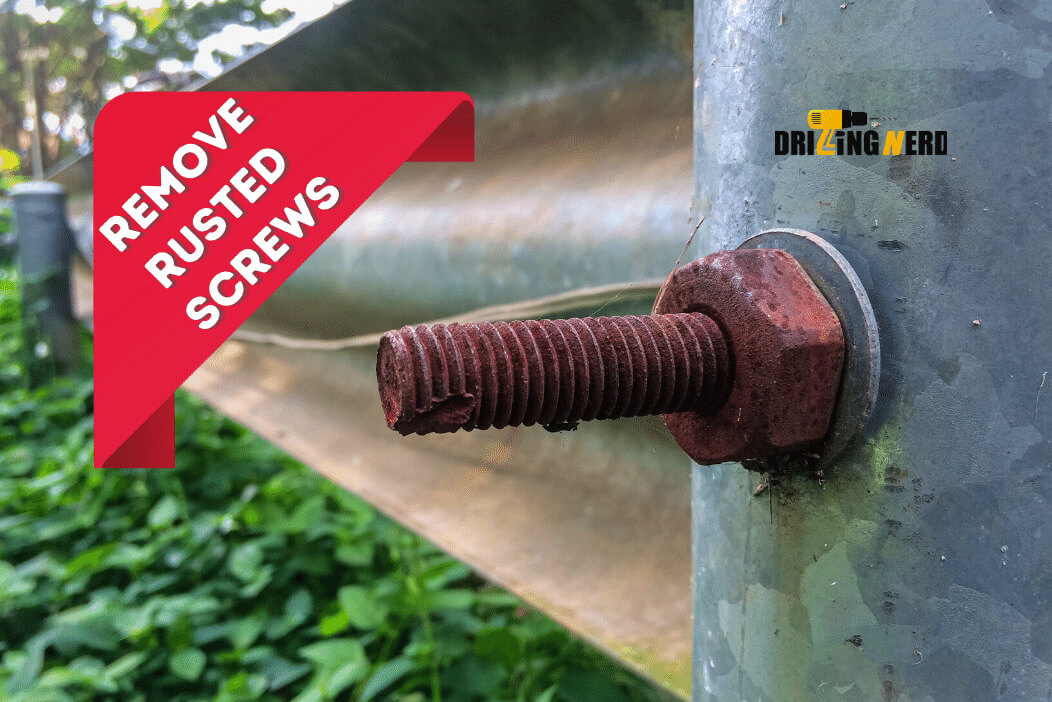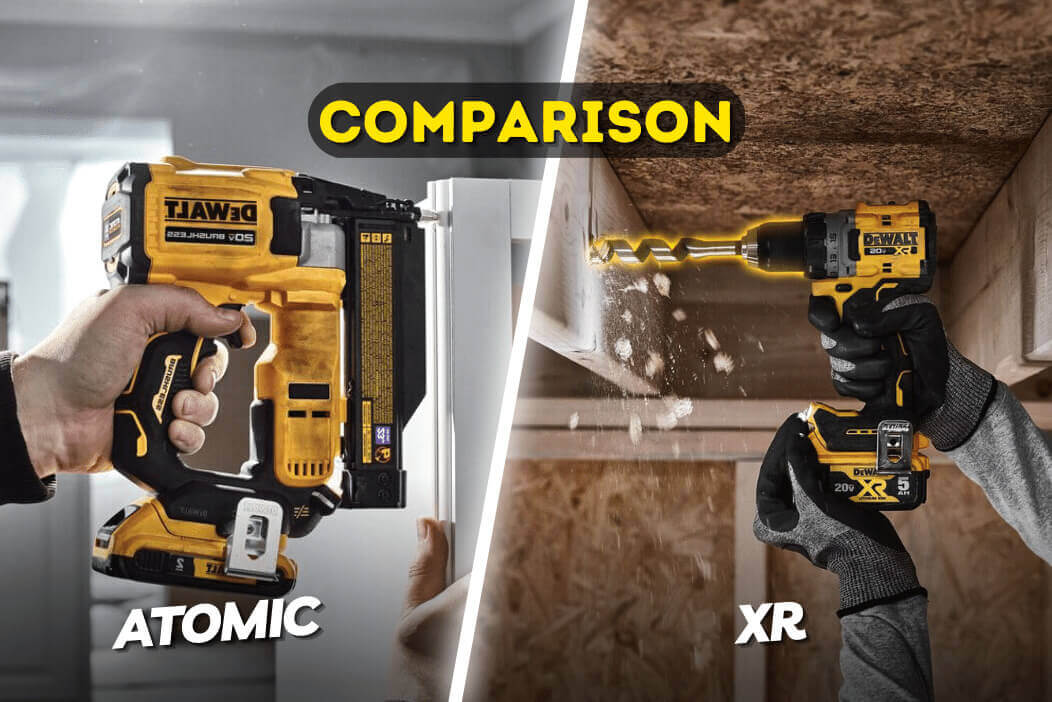You might be wondering, what is the difference between a metal drill bit and a wooden drill bit? Although they do the same job, i.e., piercing materials, yet they work in a little different way. Both are intended for their respective materials.
In this article, we will be evaluating the various metal and wood drill bits. Also, we will see how we can distinguish between them easily.

What is a Drill Bit?
The drill bits are power tools that we attach at the chuck of drill machines. Due to a large number of drilling applications, we have plenty of drill bits. They vary in size, built quality, manufacturing, shank design, and much more. Each drill bit has its own application and usage.
If you are willing to buy drill bits for your drill machine, do checkout our article on best drill bits for hardened steel bolts. This article will thoroughly guide you with the best choices available in the market. The proper knowledge to use the right tool at the right time will be very beneficial because it will make you productive, save your time and energy, and let you focus on the crucial drilling task.
Wooden Drill Bits
Speaking of these drill bits, they are made for wood. They are designed to drill holes into wooden objects without tearing them off. Following are the mainly used wooden drill bits:
Lip and Spur Drill Bit
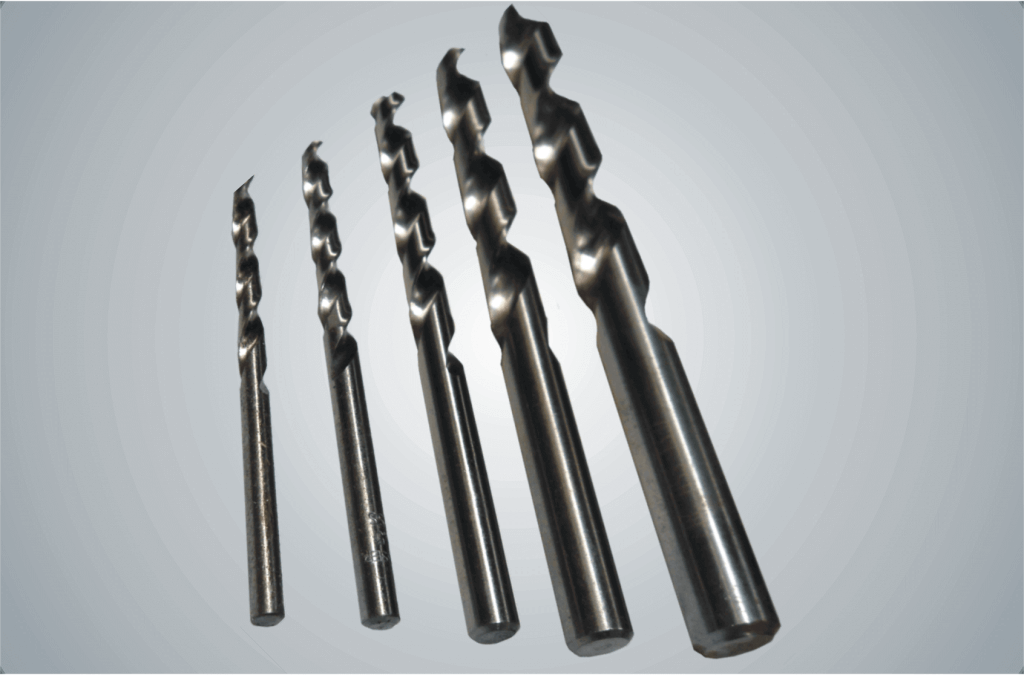
These drill bits have a pointed tip that bits the wood and prevents wandering. These drill bits contain a spiral outline that drills a round hole with a helix-like pattern inside. They generate perfect circular holes and provide an excellent finish.
Spade Bit

These drill bits are used when we have to make a circular hole, with a simple pattern inside. These have the same brad pointer but don’t contain spirals like a spur. They have a flat body beneath the brad pointer.
Auger Bit

These drills are used for drilling/boring fast into the wooden object. They allow the dirt to quickly and neatly leave the hole. The spiral pattern is much more prominent than the spur bit. Lastly, it also has a Brad pointer.
Metal Drill Bits
Speaking of metal drill bits, they are designed to drill holes into sheer and much stronger material, unlike wood. They are designed in a variety of shapes, and all have different purposes. They also come in various shank configurations.
The prominent names are hex, cylindrical, SDS, SDS Max, and SDS Max Plus. There are different tips configurations like round and pilot pointed etc.
Below are different types of metal drill bit:
High-Speed Steel Drill Bit
They are designed for regular everyday uses like wood, plastic, or even soft metals. They are commonly made from carbon steel. They usually lack pointed tips and are priced at a relatively cheaper rate. But again, they are made for small day-to-day tasks.
Cobalt + Black Oxide + Alloy Drill Bit
These drill bits are tougher than high-speed steel drill bits. They are used on surfaces like steel or hard metals. These are usually rust-free, durable, and available in various configurations, and are manufactured by many brands.
Titanium /Carbide Coated Drill Bit
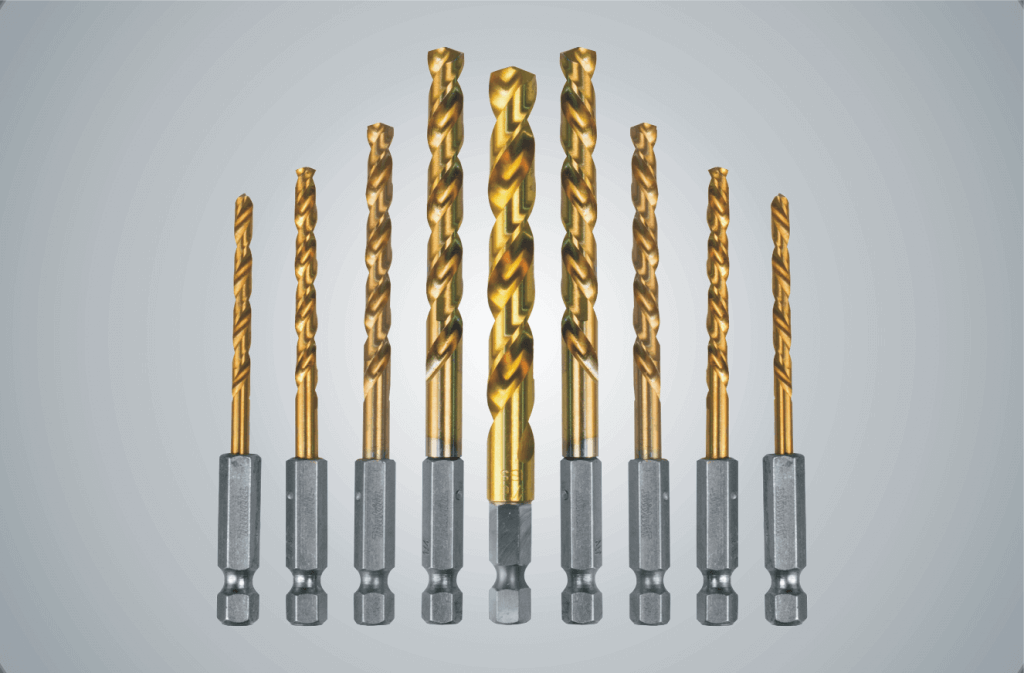
The top of the line drill bit’s built material is titanium and carbide coated drill bits. They usually are made to last long and provide reliable performance. They also have a pointed tip to avoid bit slippage. They can quickly drill into soft metals because they cause the least friction. Thus, avoid the chances of object breakage.
Difference between Metal and Wood Drill Bit
- They are designed mainly for metals. However, it can work on any surface.
- To work with metals, they should be used in relatively low speed
- Requires high torque while drilling metal
- Metal drill bits have a black, copper or gold finish
- Metal drill bits have a little pointed tip or some time it’s pointed flat
- They are designed to work with a soft material like wood.
- Used in less speed, because high speed/ torque will tear the wood and will eventually hole will be stripped
- It can’t be used with metal because it easily breaks
- Wood drill bits have silver or black oxide finish
- Wood drill bits have an exclusive brad pointer, this helps them prevents slippage
Identification of Drill Bits
Usually, the wood drill bits come with a brad-pointed tip. This reduces the bit to slip and retains the bit at the desired place. The wooden drill also has a flat/spade design. This makes its identification very easy. The wood drill bit naturally comes in silver or black finishes.
The metal drill bits have a cylindrical shape. Usually, they have a flat tip. But sometimes it comes with a little pointed tip. They have black, gold and copper finishes. But the point here is that color/ finish is not always the differentiating feature.
Bottom Line:
To conclude, in this article, we tried to mention the core differences between wooden drill bits and metal drill bits. The knowledge gained will help us identify the dissimilarities and help us choose the right drill bit for the right task. To find more on how to change a drill bit, checkout our detailed guide on changing a drill bit. The wooden drill bits are for soft materials. They are used at less speed as they won’t tear the material.
Talking about the metal drill bits, they are strong, durable, and are designed to work with tough surfaces. Some metal drill bits are insanely strong, e.g., SDS drill bit. They may be used with bricks or with masonry materials. Avoid using them on wood, or in such a scenario, you may activate the cleavage in soft materials.

